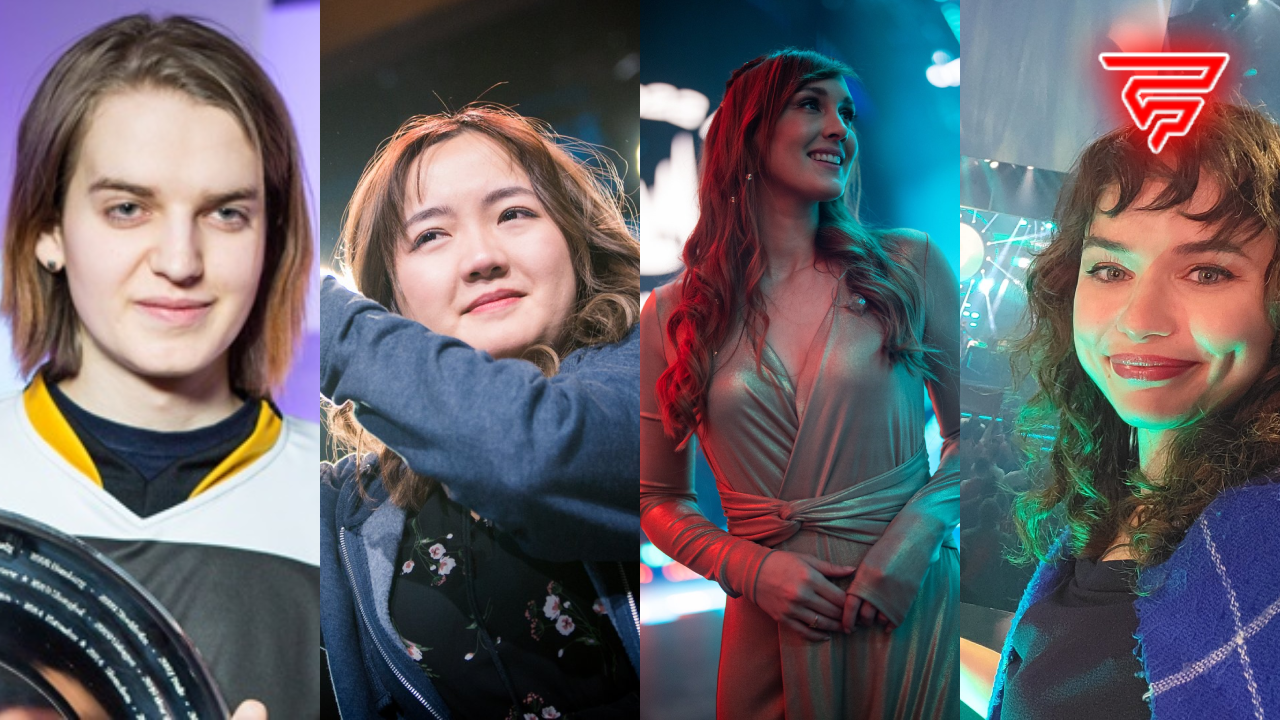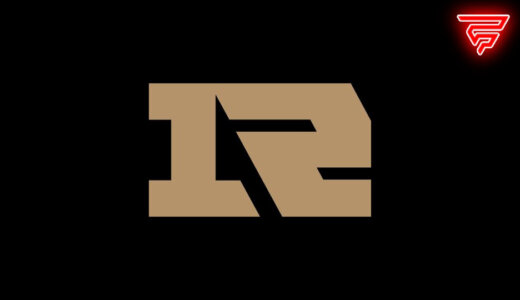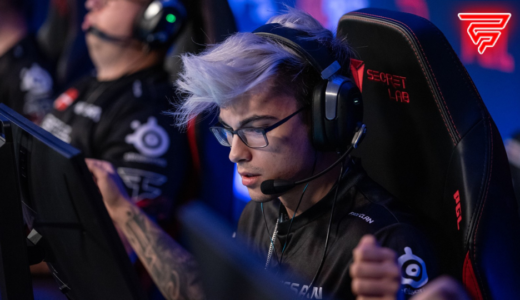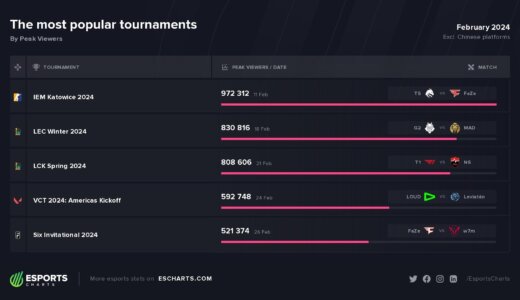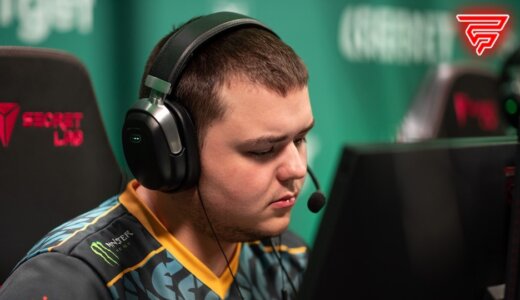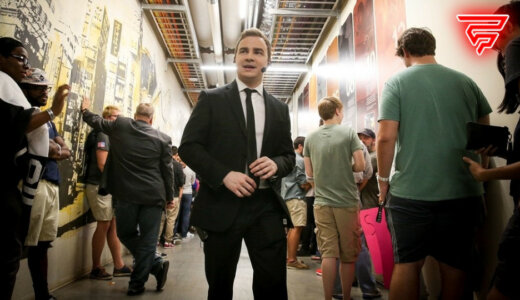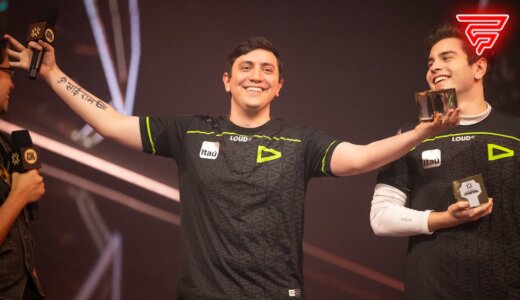When we think of esports, the faces of Lee “Faker” Sang-hyeok, Aleksandr “s1mple” Kostilyev, Finn “karrigan” Andersen, Olof “olofmeister” Kajbjer and Martin “Rekkles” Larsson come to mind and we don’t question that further. However, in the second moment, we realize that we hardly know a female esports legend. But why is that?
These thoughts set the ball rolling. But how can we change the status quo? How did it come about that in such a young subculture, old-fashioned systems and thought structures still exist?
We try to answer these questions in our two-part series that aims to shed light on the topic of women in esports. Because it’s a topic complex and loaded with prejudice and deadlocked opinions, we have tried to approach and analyze it as objectively as possible.
Women in esports — the situation
Recently, more and more stories about the declining long-standing male dominance in the casual gaming world emerged, claiming that almost half of all gamers are female. It almost sounds like equality, but the esports scene is still far away from that. There are indeed many successful female gaming influencers and content creators out there, and the participation of women can also be seen in some areas of esports production, such as tournament broadcasts.
The League of Legends European Championship is leading by example, with Sjokz, Troubleinc and Laure Valée as hosts. Indeed, analysts and casters in professional leagues are important role models for many women in esports. But what about competitive talent? Female players are underrepresented in the majority, if not all, esports titles, while there is little talk of pure women’s competitions.

Credit: LEC
You could see women in esports as a nation without a league and qualifiers. How a professional environment with idols and inspiring personalities is supposed to form in such a scene where the incentive to try is extremely low and the development opportunities very limited? There’s nothing wrong with giving underrepresented communities a safe space to thrive, quite the opposite, it should be desirable.
Meanwhile, a number of initiatives promoting inclusion and diversity in esports, such as the Women in Esports campaign, is increasing. Women in Esports specifically aims to create a welcoming community that encourages more women (including trans and cis women) and gamers who identify as female or represent non-binary to participate in esports tournaments at all levels.
as much as i had very little time to socialise at CEC I want to thank those who came out for the @WomenIn_Esports events we put on this weekend. I feel very lucky that we can provide a safe space for individuals to grow in the esports industry 🤍
📸 @Jiggi_GG / @British_Esports pic.twitter.com/rqgD06YxPa
— Billie (@billieeidk) August 8, 2022
Gender Discrimination
Many female gamers face discrimination, harassment, sexism, and generally are often not being taken seriously just because of their gender. Marieke “Miss Marie” Denise, a Rainbow Six Siege esports pro and content creator, has spoken out about the need to take female esports more seriously:
“People make assumptions when they find out it’s a women’s team so they don’t try that hard. We’re a serious, professional team and we often can’t train properly because people think, oh, these are girls, they’re going to play badly.”
As another example, Sjokz recently shared a comment she received on one of her Instagram photos on Twitter, showing a strongly misogynistic message that’s clearly supposed to harass and hurt her. It’s important to note though that this is not only a problem in esports, it’s a deeply rooted societal issue that needs to be eliminated.
good night 🤣🤣
this is a comment to an IG pic where i was wearing shorts and a bikinitop btw pic.twitter.com/xgBYOUwanw
— Eefje Depoortere (@sjokz) September 8, 2022
Socialization and stereotypes
Everyone knows the old stereotypes: the strong man is hunting while the woman sits at home, guards the fire, and takes care of the children. But we are also all aware that the world has come a long way since the Stone Age. Nevertheless, these stereotypes continue to be used in advertising and in the media, where the young boy always wears blue while his sister plays with her dolls in a pink frilled dress.
Why isn’t this image of society evolving? Because it’s easier and clearer to communicate. If you want to get a message across in a 20-second commercial, you have to distill the content as much as possible, so that it is clear to everyone what is meant without much thought. In the process, however, nuances are lost and the world is simplified, sometimes too much. We all know that not everyone is the same, but many areas of life are being presented to us in black and white.
Even in the 90’s and 2000’s the public image and upbringing was permeated by these images, which means that today’s 30-year-old generation was raised on the “blue/pink” ideal, so change is happening very slowly and is more like evolution than revolution. This development is also evident in gaming, unfortunately similarly sluggishly, even though most gamers are very enlightened and aware of the dynamics of the consumer world.
It’s slow because to this day, most car advertisements feature men, and when it comes to cleaning products, women and mothers are the focus. Of course, the whole issue is much more complex, but product commercials usually serve as a great example of this.
Top esports earners are all male
While the best esports players make millions and the industry is proud of their financial accomplishments, why are there so few women among the top earners?
According to esportsearnings.com, the highest-paid esports player, Johan “N0tail” Sundstein has made more than $7 million in earnings in his career and competed in more than 100 Dota 2 tournaments. The next 30 top earners listed after him are all male Dota 2 2 players, while in other games like Fortnite, CS:GO, and Call of Duty, the leaderboards are also dominated by men.
The first woman, who is transgender, appears at number 367: Starcraft II Master Sasha “Scarlett” Hostyn, who has earned approximately $430,000 in prize money since 2011. This puts her far behind some of her male colleagues.
Happy International Woman's Day! Each week this month, we're highlighting the amazing women who have impacted the esports industry.
This week: Sasha “Scarlett” Hostyn.
Scarlett was the first woman to win a major StarCraft II tournament. (1/3) pic.twitter.com/4yA1cZfvtg— Collegiate Esports Hub (@CollegeHubGG) March 8, 2022
Besides Hostyn, there are two other women who have made six-figure profits. These are Xiao Meng “Liooon” Li (Rank 760), who won the 2019 Hearthstone Grandmasters Global Finals, and Katherine “Mystic” Gunn (Rank 1,478), who competed in various games. A sad yield that again reflects our society.
Support for mixed teams
While the creation of new female esports teams is undoubtedly a good thing, supporting women’s esports can often be motivated by marketing. It seems more attractive for organizations to start a women’s team than another men’s team, academy team, or mixed team. The reason for this is the novelty of women’s teams, which have only gained popularity recently. In addition, many well-known companies have extra budgets for different target groups. With male, academy, and female rosters, your organization can cover all audiences and tap into everyone.
And why is a mixed team less appealing in comparison? Maybe because both variants already exist and for marketing, it’s much better delimited. Again, keyword blue/pink. If it were a trend to form mixed teams, things would certainly look different.
So, we should all drive the hype to create an inclusive future in esports that ultimately leads to hybrid teams. You can find out how we can do that and what the scene needs for this in the second part of the article.
Header: Twiter /@collegehubgg @slasher @sjokz @frankieward
